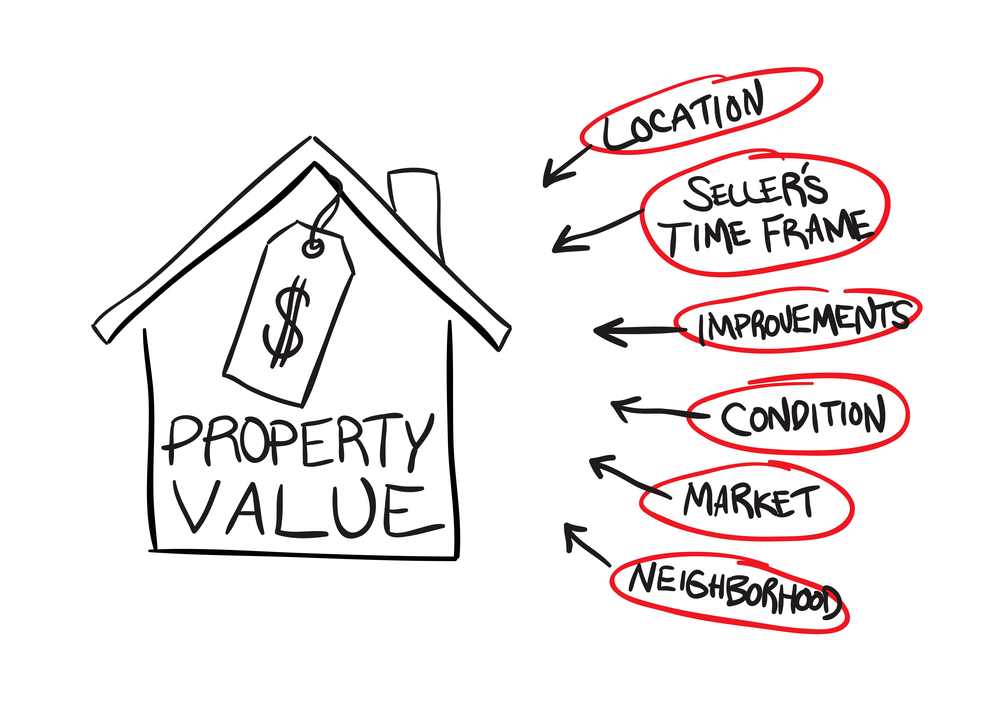Changes in mortgage rules for home buyers and insurers certainly have had an impact on the housing market, and those changes impacted property appraisals as well. Conventional mortgages – those that are up to 80% loan-to-value of the value of the property — and uninsured — are often required to have an appraisal. The decision to approve a conventional mortgage, after all other lending criteria have been satisfied, is made on a property’s fair market value, which is defined as the market value of an interest in land at the highest price reasonably expected when sold by a willing seller to a willing buyer after an adequate amount of time and exposure to the market.
So who determines the value of that property? One could argue that the market itself determines the value, which is true, but from a lender’s perspective, that number must come from a third-party – the appraiser. An appraiser, who is specifically trained and has sufficient experience, will be asked to offer an independent, impartial written opinion of the property’s value.
Realtors normally use a comparative market analysis (CMA) to evaluate a property’s value based on local market data. Agents analyze listing and sales data for comparable properties in the area to recommend a price to list or to offer. However a CMA is not an appraisal. Although appraisers use the CMA approach, they use it in combination with other factors to determine the value of a property.
The major difference is that appraisals are done for a specific client — the lender. Because real estate is the major security for mortgages, the market value estimate needs to be as accurate as possible.
There are a few different types of appraisals
- Sales Data Only Report – based only on the MLS sales and listing data. No physical inspection is performed on the property.
- Drive By Appraisal – an exterior examination only and used for mixed-use neighbourhoods, for higher-risk transactions and for low loan-to-values
- Full Appraisal Reports – a detailed interior and exterior inspection about the property and the neighbourhood.
Not all residential properties are subject to a traditional appraisal. If the property is in an established area with similar properties then sometimes the price can be validated electronically. This model of appraising property, called automated valuation model (AVM), has become quite popular in the last 10 years.
Mortgage lenders have moved away from AVMs for conventional mortgages and for some high-ratio mortgages as well and are asking for live, full on-site appraisals.
So why does an appraisal come in lower than expected? There can be a few reasons for this discrepancy. Sometimes insurers’ valuations will differ, with one valuation higher, so getting another appraisal might help.
Also, appraisers have different levels of experience and valuations can vary, so it may help to request a more experienced appraiser or one who is familiar with the type of property being appraised.
There are also a few other options outside the appraisal. A buyer can choose to make up the shortfall, either by a larger down payment or the seller can offer to take-back a second, or the buyer could get a second mortgage from another lender. These scenarios are subject to lender approval. Lenders vary in what’s acceptable so it’s important to get mortgage advice.



Leave A Comment